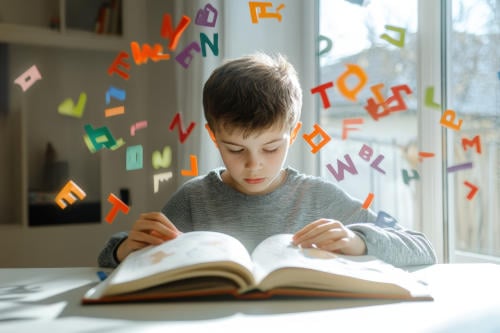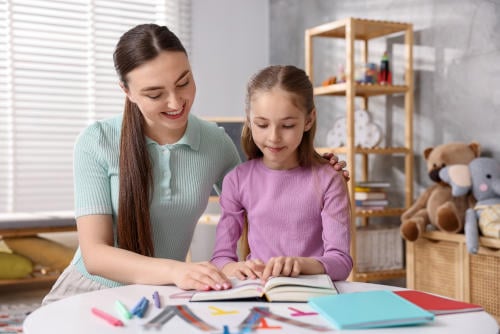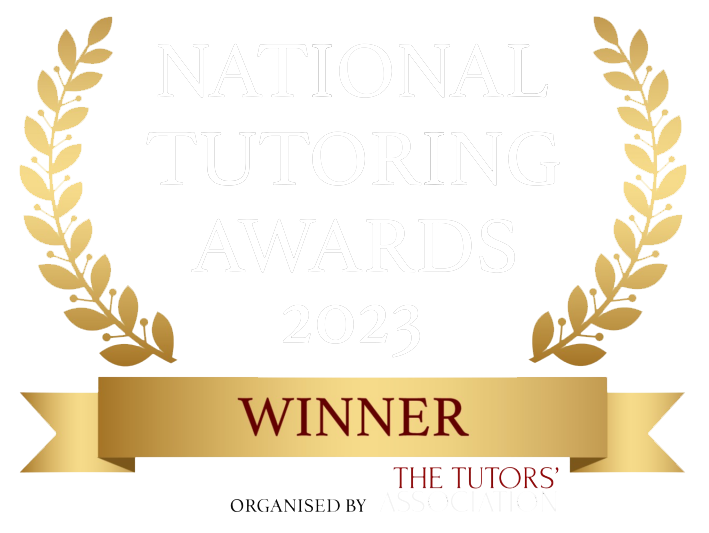The dyslexic community in the UK is sizable; “It’s estimated up to 1 in every 10 people in the UK has some degree of dyslexia.” https://www.nhs.uk/conditions/dyslexia/
Dyslexia frequently impacts a child’s ability to read, write and spell. It is hugely advantageous if a young dyslexic reader has access to specific practical strategies that can assist them as they learn.
How Does Dyslexia Impact on Reading?

Dyslexia is a learning disability stemming from notable neurological differences in a non-dyslexic brain. Specific challenges can be consistently observed in individuals with dyslexia, based on their neurological make-up, that can make it difficult to interpret their language. This can present itself in various ways. The most common reading challenges due to dyslexia could be:
- Recognising, then blending sounds to make words
- Spelling issues; for example, words could typically be spelt with the correct letters in the wrong order
- Reading slowly and deliberately, due to not being able to interpret the language
- Reading devoid of tone or feeling
- An inability to understand and retrieve information during a comprehension task
Strategies for Dyslexic Readers

There are different strategies available to dyslexic readers. Some of the most effective are:
-
- Multisensory Approach A – learning through texture. Firstly, get to know the sounds of each letter. Use textures such as sand or shaving foam to allow a child to create the letters with their index finger, learning the contours of the letter, and repeating the sound as they create.
- Multisensory Approach B – Use colourful letters, eg plastic magnetic letters with a whiteboard. Read a word aloud; ask the child to repeat it. Work through the sounds/syllables of the word. Ask them to recreate the word with the colourful letters. Then write in felt-tip, using the same colour codes as the letters. This tactile approach helps the letters become more concrete and familiar. Multisensory techniques can be very versatile. SENsational tutor Maxine has a pupil, Zach, aged 11 (who has a learning age of approximately five). Zach displays many dyslexic tendencies, and it has been challenging to encourage him to read. Maxine explains, “I use flashcards with images and word families; we also use play-doh to accompany the task. It has now turned into a game, whereby Zach chooses a card and reads it. For example, he may choose a card that says ‘hat, sat, cat, mat, bat’. He will then select one of those words that he will then create using play-doh. Invariably, he will choose the simplest word to reproduce; in this case, it would be the mat.”“Following this, I would then select a card, and it is Zach’s job to choose what I should then create out of play-doh. He perpetually opts for the most challenging object for me to create! It works well, and he has started to read as a result.”There are other multisensory strategies for dyslexic readers; please look at the links below for more information.
- Structured learning – Frequently, with dyslexia, there’s a need for a step-by-step approach to reading, offering a systematic approach incorporating:
- Learning individual sounds
- Linking sounds to letters
- Using letters to create longer sounds
- Blending the sounds to make whole words
- Reading pens and audiobooks – Both options are valuable tools for dyslexic readers, offering the strategy of an audio text, but with each approach having different uses. To read an entire book, audiobooks may be the best option, but if a student needs to focus on a specific reading area, such as understanding a section of challenging vocabulary, a reading pen could be a better choice.
- Font choice – Some dyslexic readers will prefer a specific font, due to its presentation, thickness, letter formation, height and spacing between letters and words. Popular options tend to be: Dyslexie, Open Dyslexic, Calibri, Arial and Verdana.
- Graphic organisers – This strategy allows for brainstorming, the planning and then sequencing of ideas, visualisation and finally the organisation of ideas into a structure.
- Colourful overlays – This can stream certain visions of light, assisting reading progress for some dyslexic children.
SENsational tutor Sarah explains, “Two of my exam students have their work printed on different coloured paper. One student has blue and the other, yellow. If the paper is not available, then colourful overlays are used instead. As a result, both of them can now access their reading material with so much more ease. It really has made a huge difference.”
Trial and Error to see what Works

Dyslexic children present with different profiles and preferences in their learning journey. Finding the right strategy can take a while. Be prepared to try different approaches until you discover what works best.
You may want to follow our links below to discover more techniques to help dyslexic children read. Be open to experimenting with different ideas. Trying out various approaches and possibly combining different strategies may increase your chances of finding the most effective method for the child you’re supporting.
Useful Websites:
https://focusandread.com/9-multisensory-strategies-for-dyslexic-readers/ https://www.bdadyslexia.org.uk/advice/children/how-can-i-support-my-child/reading https://dyslexiaondemand.com/7-effective-reading-strategies-for-struggling-readers/
Please note: The information provided within this blog, by SENsational Tutors, is for general information purposes only. We appreciate that every person is unique and any advice/experiences mentioned within the content of each blog may not be reflective of your own personal experience. All information on the site is provided in good faith and is for educational informational purposes only. It is not a substitute for professional advice. Before taking any actions based upon such information, we encourage you to consult with appropriate professionals.



